by James Hart
Today, billionaire Paul Allen has claimed to have found the Musashi, flagship of the Japanese Combined Fleet, sunk during one of the largest naval engagements in history.
Best known for co-founding the Microsoft Corporation along with Bill Gates, Allen is now one of the top 50 richest people in the world, with a net worth of $17.5 billion.
Over the years, he’s used his wealth to fund a number of large-scale philanthropic projects. Having already donated $1.8 billion to science, technology and education programs, Allen has also founded the Allen Institute for Brain Science and Vulcan Inc., a company devoted to answering “life’s greatest mysteries … through exploration.”
The Octopus
Allen used his yacht, the giant 414-foot Octopus, to locate the imperial ship. Equipped with two helicopters, two submarines, a swimming pool, music studio and basketball court, it’s been used for a variety of research projects since its launch in 2003. In 2012, Allen loaned the Octopus to the Royal Navy to retrieve the bell from the HMS Hood, which sank in the Denmark Strait during World War II.
Impressive in its own right, the Musashi was the second in a limited series of Yamato class Imperial Japanese warships launched during World War II. Commissioned in 1942, it became the flagship of the entire Japanese Combined Fleet. Despite its intimidating size and fighting capabilities, it was many months before Musashi engaged with Allied forces, but it would do so during the largest naval battle of the entire war.
The Battle of Leyte Gulf
On October 24, 1944, a group of American and Australian naval ships clashed with a massive contingent of the Imperial Japanese Navy near the Philippine Islands of Leyte and Samar, initiating the Battle of Leyte Gulf.
The Japanese Navy defended its position with a cluster of five battleships: the Yamato, Msashi, Nagato, Kongo and Haruna. Early on, planes from U.S. carriers Cabot and Intrepid attacked the Musashi, Nagato and Yamato; later strikes from squadrons of SB2C Helldivers and F6F Hellcats further damaged the Musashi. All told, the Allies struck the Japanese battleship 36 times with 17 bombs and 19 torpedoes.
The Musashi withdrew from the fight, but later capsized nine hours after the initial engagement. More than 1,000 Japanese sailors were lost, along with Captain Toshihira Inoguchi, who chose to go down with his ship.
Paul Allen’s Discovery
News of Allen’s discovery began late morning on March 2, when Allen posted the following image on his Twitter feed:
The caption read, “WW2 Battleship Musashi sank 1944 is FOUND > 1K M deep by MY Octopus Sibuyan sea, bow Chrysanthemum, huge anchor.”
According to a press release published on Allen’s website, his team found the battleship “using historical records from four different countries, detailed topographical data and advanced technology” aboard the Octopus.
More images soon followed, along with a video capturing the discovery. To watch the video and read more about the project, visit Allen’s website here.
To keep up-to-date on the team’s findings, follow Paul Allen on Twitter.
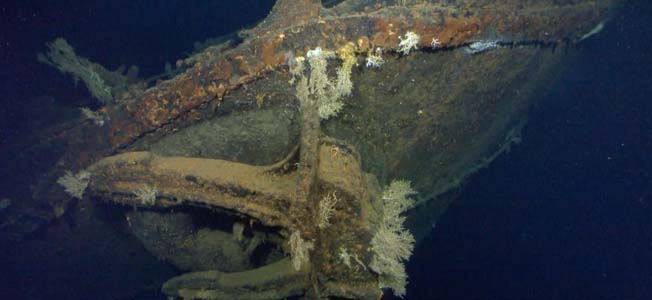
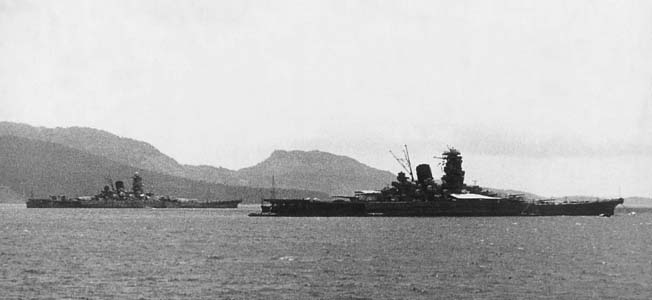
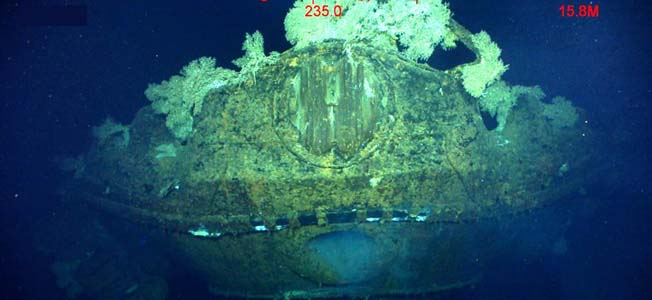
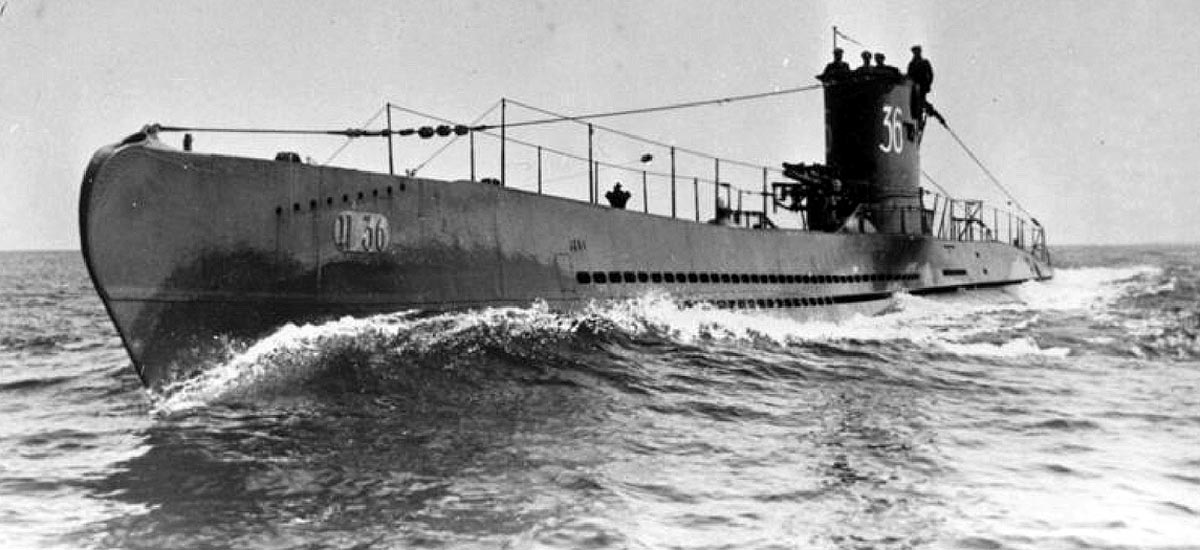
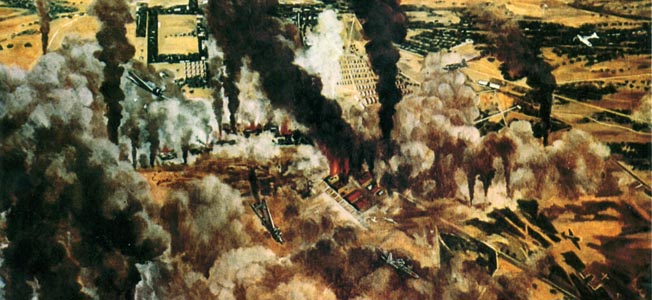
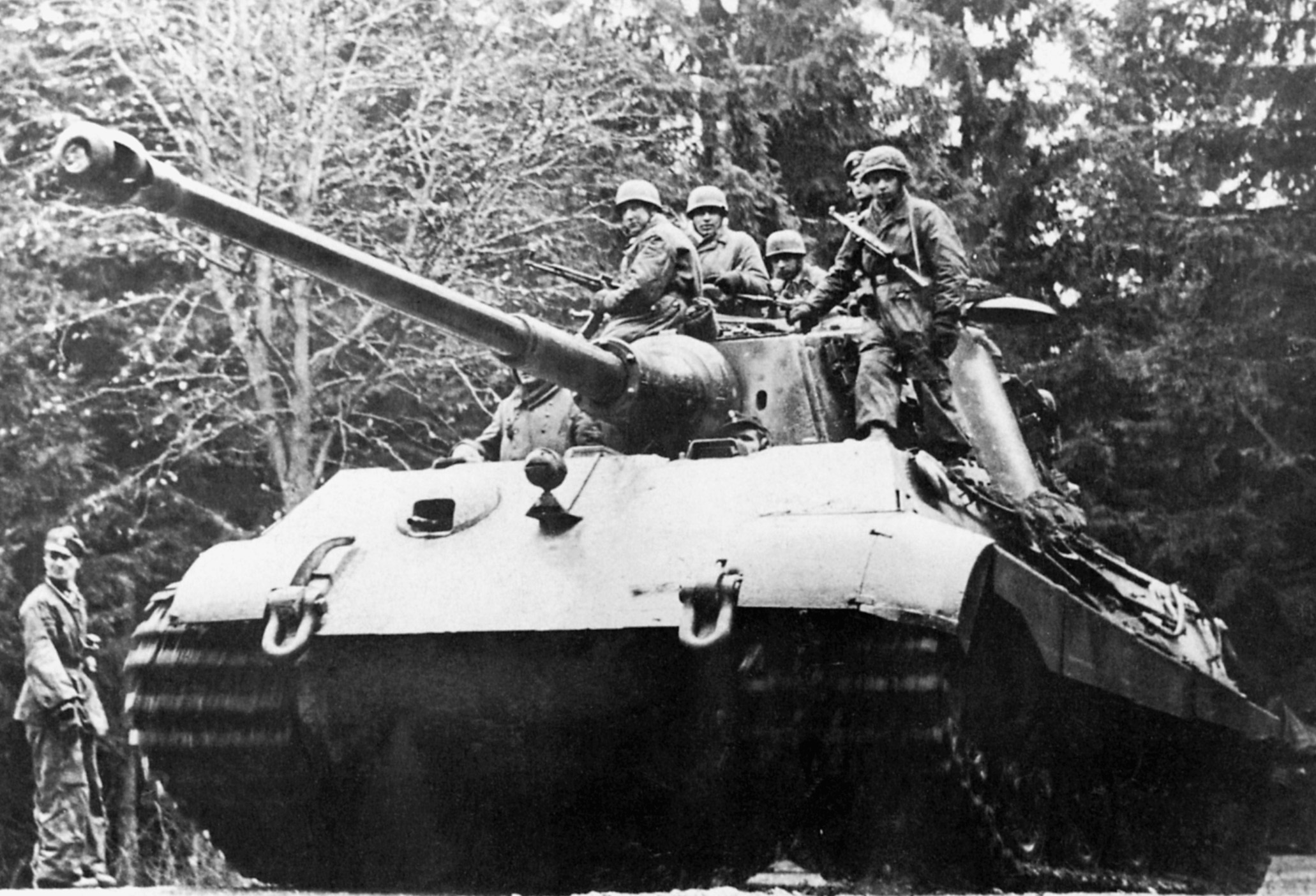
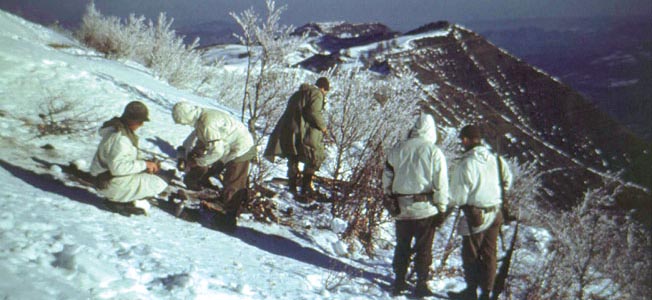
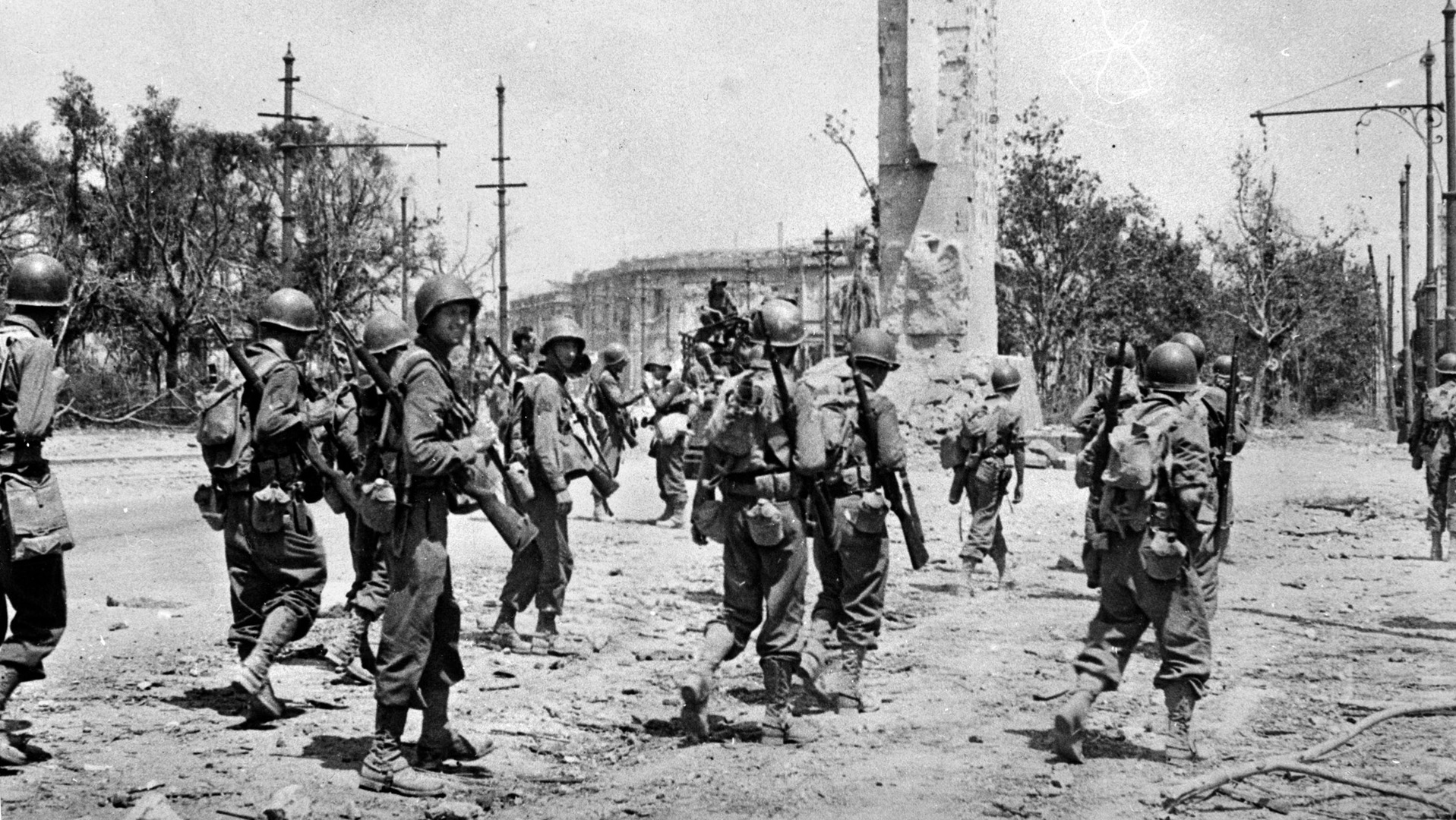
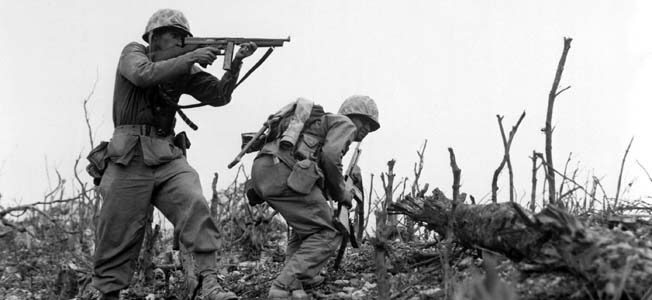
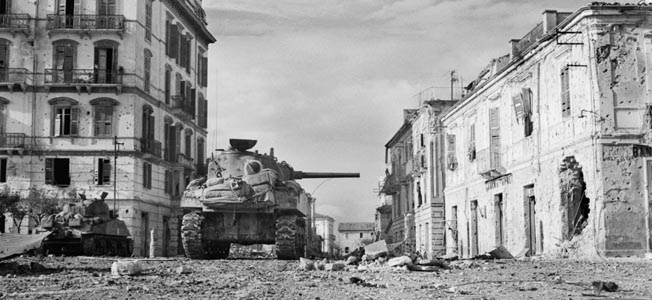

Join The Conversation
Comments